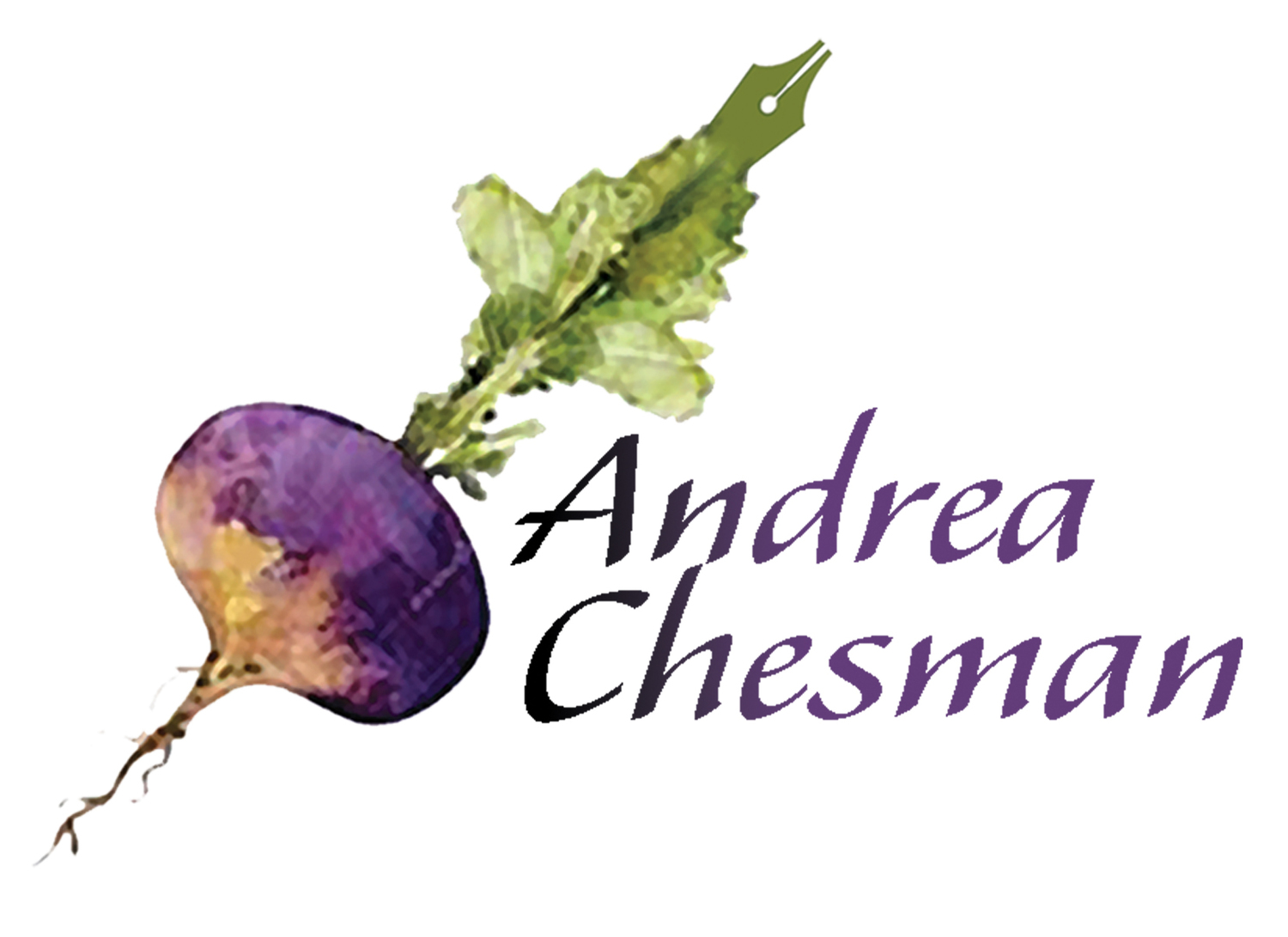The seasons march on, but some foods stay the same.
Memorial Day Weekend marks the beginning of the summer dining season, if not the actual beginning of summer.. For some, this means picnic suppers. My summer begins when I can fire up the grill and start eating on a screened in porch with a view of the river. I’d like to say that my summer begins with an early harvest, but the veggies are still tiny seedlings, the peas only 6 inches tall.
 The garden is all potential now. My garden is all potential right now: a delivery of composted manure, a newly dug bed on a sunny slope, germinating beets, carrots, lettuce, and spinach.
The garden is all potential now. My garden is all potential right now: a delivery of composted manure, a newly dug bed on a sunny slope, germinating beets, carrots, lettuce, and spinach.
What to eat on al fresco when you are still eating last year’s harvest? Why baked beans, of course.
 Baked beans, hot dogs, cole slaw, pickles!
Baked beans, hot dogs, cole slaw, pickles!
Baked beans are a picnic tradition in the Northeast. They travel warm in a Dutch oven and can be made in advance or baked slowly underground in a bean hole. The bean hole is a well-established tradition in New England that may date back to Native Americans, who prepared beans seasoned with maple syrup, bits of venison, and bear grease. They baked them in a pit dug into the ground. It is thought that early European settlers adopted the bean, which is a New World food, cooking it with molasses or maple syrup and salt pork. Beans baked in cast iron pots buried in the ground became a lumber camp specialty and remains popular in New England – and especially in Maine -- to this day, particularly for public suppers and community gatherings.
Vermont used to be a center of bean agriculture. There were bean elevators north of Burlington in the same way that there are grain elevators in the Midwest. Trains sent the beans to Montreal, Boston, and New York and returned with tourists, who even then enjoyed Vermont’s rustic charms. Then, during World War II, the government set bean prices at a low of $.85 a pound, to encourage meatless eating at a time when meat was rationed. But there was no ceiling on milk prices, so Vermont farmers switched to more lucrative dairy. Local bean growing is slowly returning as milk prices tank, but demand far exceeds supply.
Dried beans are a long-season crop. They do best in the flatlands and valleys, not in my short-season, mountain-top garden.
For cooking baked beans, I prefer navy beans, though yellow-eyes, soldier beans, and Jacob’s cattle beans are popular choices around here.  Navy beans soaked overnight. I don’t bother with a bean hole; a 300° oven does fine for me. And what goes best with baked beans for a summer supper? Why, hot dogs, of course. And cole slaw. Welcome to summer. I’m feeling full of beans.
Navy beans soaked overnight. I don’t bother with a bean hole; a 300° oven does fine for me. And what goes best with baked beans for a summer supper? Why, hot dogs, of course. And cole slaw. Welcome to summer. I’m feeling full of beans.
Sunday Supper Baked Beans
Makes 6 servings
The two-stage cooking process (beans are boiled, then baked) is necessary to achieve a perfect texture. Once the bean comes in contact with the acidic flavorings (ketchup, coffee, and so on) the skins will soften no further, so they must be cooked to tenderness first. This is a fairly classic baked bean recipe, tweaked a little for greater depth of flavor. In the vegetarian version below, chipotle chiles replace the bacon for a touch of smoke.
2 cups dried navy or pea beans, soaked overnight and drained
8 cups water
1 large onion, halved and thinly sliced
1/2 cup pure maple syrup or firmly packed brown sugar
1/2 cup ketchup
1/2 cup brewed coffee
2 tablespoons soy sauce
1 tablespoon prepared mustard
2 teaspoons powdered ginger
4 ounces thick-cut bacon, diced
1. Combine the beans with the water in a large saucepan. Cover and bring to a boil. Reduce the heat and simmer, partially covered, until just tender, 1 to 1 1/2 hours. Skim off any foam that rises to the top of the pot.
2. Transfer the beans and their cooking water to a bean pot or covered casserole. Add the onion, maple syrup, ketchup, coffee, soy sauce, mustard, ginger, and bacon and mix well.
3. Cover and bake at 300° F (no need to preheat) for about 3 hours. Check occasionally and add more hot water if needed to make sure the beans remain moist. On the other hand, if the beans seem too soupy remove the cover during the last 30 minutes. Serve hot.
Vegetarian Baked Beans. Omit the bacon. Add 2 tablespoons chopped chipotles in adobo sauce and proceed as above.
Adapted from Recipes from the Root Cellar by Andrea Chesman. ©2010 Andrea Chesman. All rights reserved.
